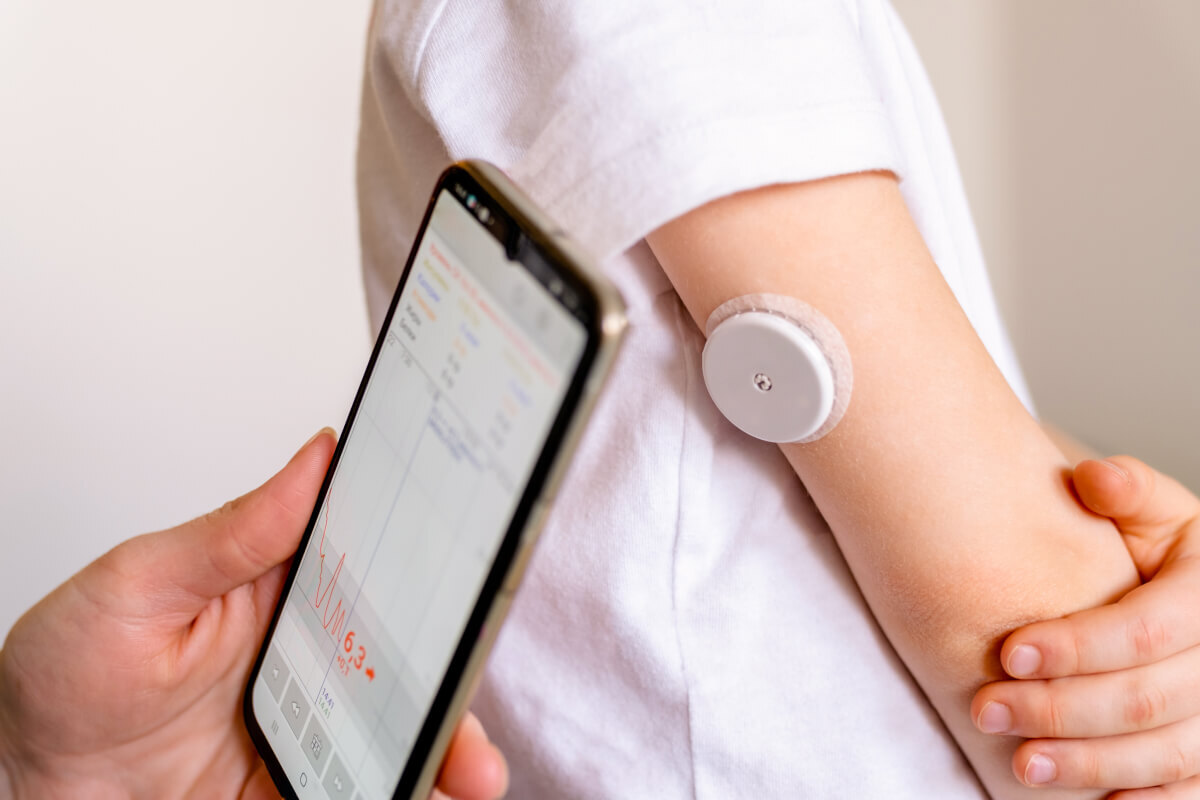David Slifka, Vice President, Commercial Enablement
The digital health ecosystem is a complex place. Confusion abounds among healthcare providers regarding digital therapeutics (DTx) terminology and classifications, and understandably so.
The COVID pandemic accelerated DTx interest and adoption, but as is characteristic of the digital health space at large, health systems find themselves catching up on tools they’ve already implemented.
Which interventions require FDA clearance, and which don’t? Of those that don’t, what does that mean for payor reimbursement? How should healthcare providers know what DTx tools to prescribe and when?
While the lack of clear definitions and consistency makes DTx challenging to navigate, the market is not waiting for consensus; it is expected to exceed $10.5 billion by 2030. Big Pharma is driving much of the speculation. Its interest in DTx exists specifically in remote patient monitoring because of the potential to provide valuable insights throughout drug development life cycles.
On the other hand, health systems seek to provide patients with the personalized experiences they are used to in other industries. Now is the time to dive into what DTx will mean for your organization – before your competitors gain an insurmountable advantage.
What are DTx
According to the Digital Therapeutics Alliance (DTA), DTx “deliver medical interventions directly to patients using evidence-based, clinically evaluated software to treat, manage, and prevent a broad spectrum of diseases and disorders.” Some are prescribed (PDTs), and some are not. DTx fall within the digital medicine subset within the larger digital health ecosystem.
Patients can acquire DTx solutions in a variety of other ways, including:
- Clinician referral for a non-prescription DTx product
- Direct authorization by an employer or payor for a non-prescription DTx product
- “Authorized clinical protocol” is established by a healthcare decision maker (HCDM) to authorize automatic patient access when necessary qualification requirements are met
- “Clinically validated screening tool” that patients utilize to determine whether they qualify for the therapy
- “Over-the-counter” model where no form of third-party authorization is necessary
The pharmaceutical industry sees the potential in DTx implementation. As of April 2022, four PDT companies had gone public: Better Therapeutics and Pear Therapeutics in 2021, Akili Interactive in 2022, and (now inactive) Dthera Sciences in 2016. Several big players have joined the DTA, which doubled in membership in 2022. They include Astellas Pharma Inc., Bayer, Bristol Myers Squibb, Roche, and others.
DTx benefits and challenges
Pharma and other groups are poised to benefit from DTx adoption as they seek to improve performance within these key success metrics:
- Reduced cost of care
- Enhanced current medical treatments
- Improved member engagement
- Extended healthcare outside brick-and-mortar settings
- Prioritization of value-based care initiatives
- Closed care gaps
The last point is exciting as health systems delve deeper into conversations around social determinants of health (SDOH) and health equity. This is where DTx can really shine. From smart device therapy delivery to multi-language messaging, countless opportunities exist to level the patient accessibility playing field. This is healthcare’s best chance to reach underserved populations regardless of patient age, language, culture, income, disease state, or geography.
That said, concerns remain regarding security threats; lack of clarity on reimbursement, use, and differentiation; and trust among patients, clinicians, and payors.
Why health systems should consider DTx interventions
The stakeholder reservations outlined above must be carefully weighed against the positive impacts DTx can have on the provider side, namely:
- Improved data collection
- Enhanced predictive analytics, which can ultimately decrease costs and save time for providers
- Reduced clinician burnout
While many health systems currently focus on retaining and recruiting front-line workers amid the staffing shortage, they should consider DTx solutions concurrently. DTx has the potential to streamline data collection processes, help providers offer higher quality value-based care, and reduce the burden on doctors and nurses.
Given the market trajectory of DTx, cost-prohibitiveness shouldn’t preclude these solutions from constant evaluation by health systems’ digital health governance committees. Systems that aren’t gauging DTx efficacy now will be several steps behind their competitors when the industry gains surer footing and regulations continue to develop.
Of course, in addition to providing greater patient access to care, a health system’s DTx tools must also provide accurate, actionable data to be worth the investment. Xealth specializes in centralizing all your digital assets and programs within your EHR through a single integration. Through Xealth’s Digital Command Center, health leaders can compare various initiatives and measure performance without finding and running mismatched reports.
Don’t wait until you have a “fully-baked” digital health strategy to begin weighing the pros and cons of DTx implementation. Download our free how-to guide to learn more about how Xealth can help you develop a successful digital health formulary.


